after a pretty wet night in tom price we decided to check out the national park first before we would commit to setting up camp there. our ‘grassy’ site in the tourist park had turned to red mush with all the rain so we were not sure the bush camp in karijini would be much better.
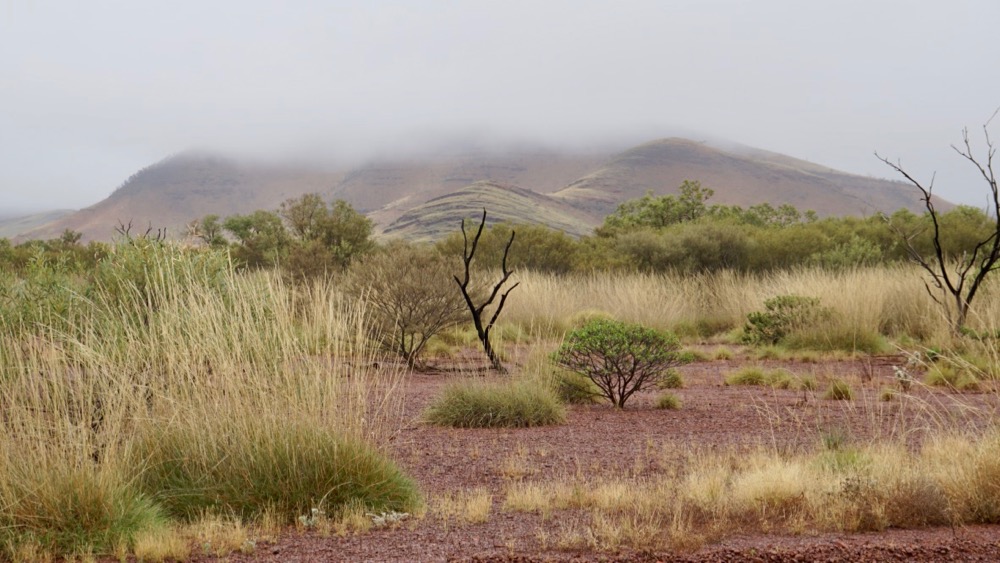
it was not hard to guess that it would probably not be too comfortable out there. the drive, however, was spectacular.

the pilbara hills (mountains?) are ancient. they were formed 3.5 billion years ago and count among the most ancient rock formations on earth.
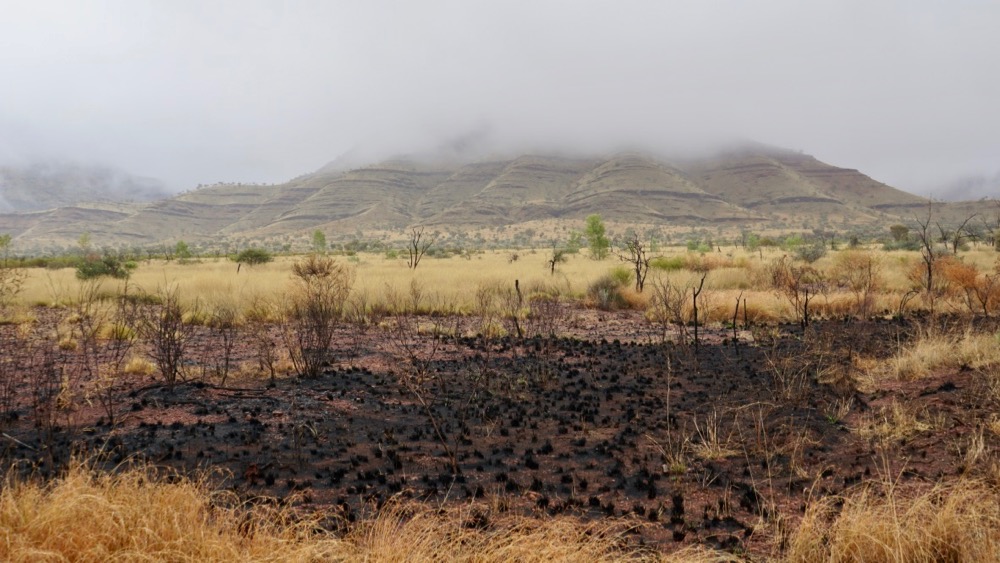
at that time massive iron deposits formed when iron was eroded from the earth rock. it accumulated in the oceans where it remained until sufficient oxigen was created (it is believed that the stromatolites like the ones we saw in shark bay played a role). the iron then ‘rusted’ i.e. oxidised and accumulated on the sea floor.
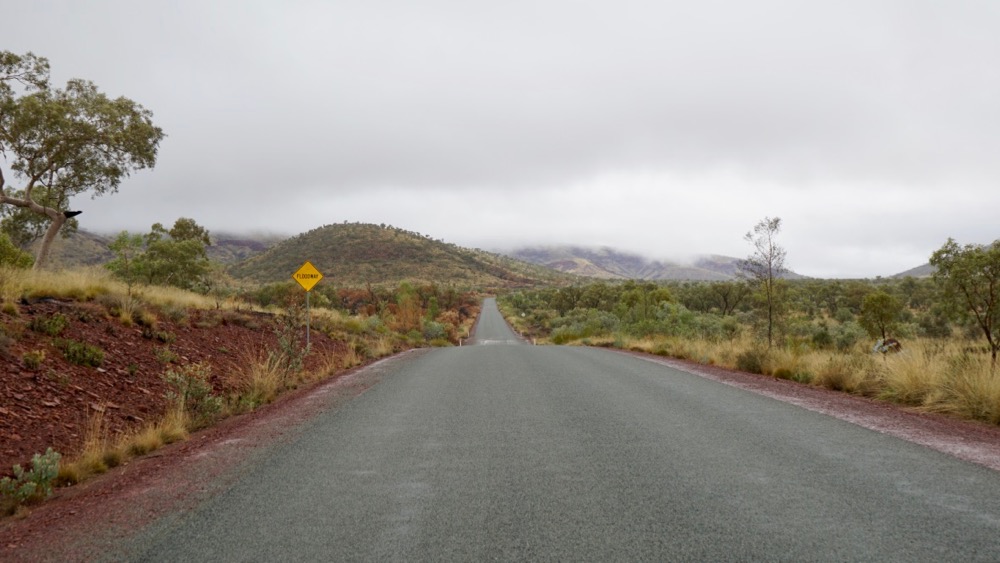
no wonder the earth and even the water here are red. the iron ore deposits were discovered in the 1950ies by lang hancock, who found the pilbara to be one huge iron ore country.
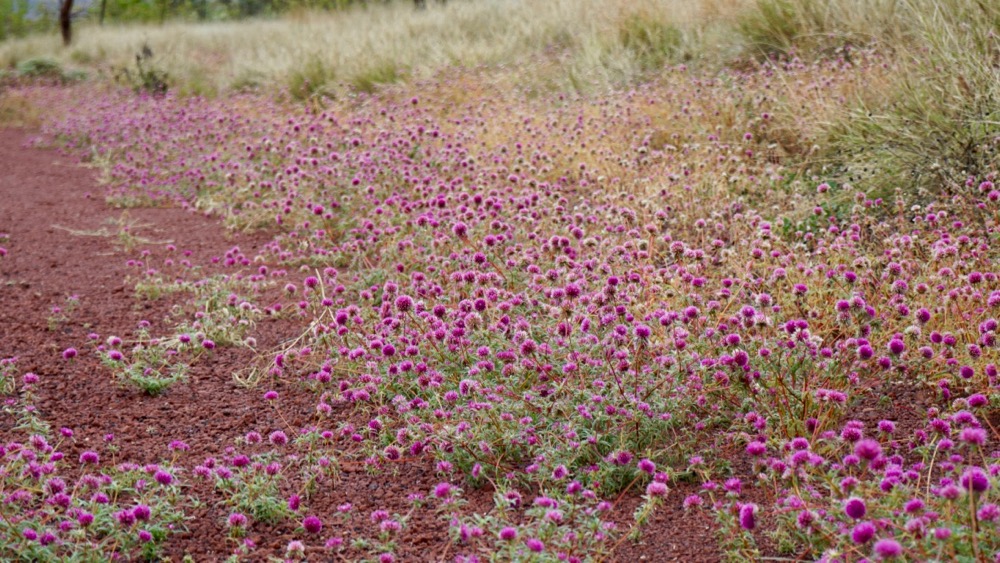
hancock partnered with rio tinto to develop the mines and even today there are a number of mines operating around the national park. in some cases the national park border has been re-drawn to accomodate mining activities.
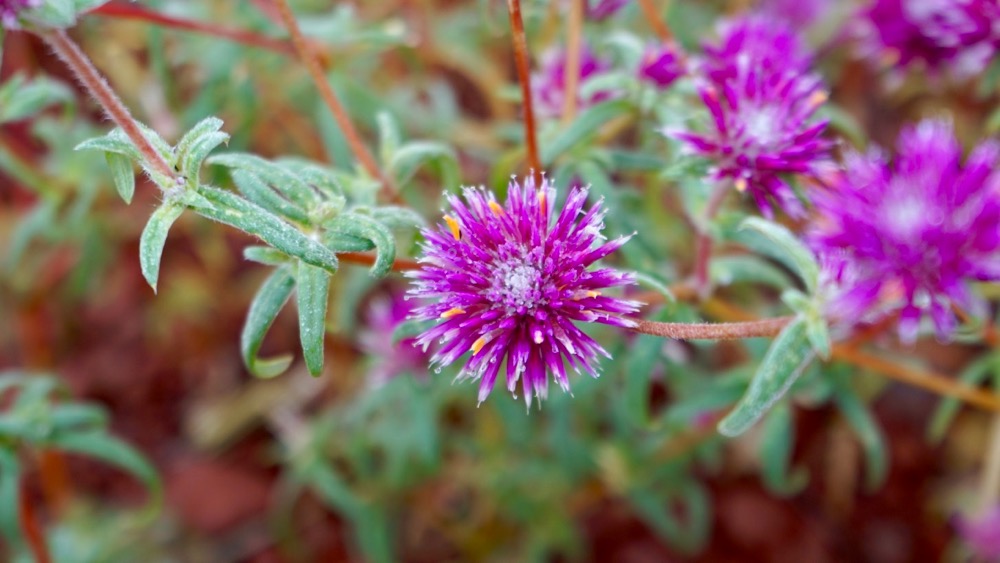
most traffic on the roads around here is mining related, as can be seen from the distinctive markings and sand flags on the utes.
we’re not that interested in the mines, though, we’re hoping for the rain to clear up so we can go to see the gorges.
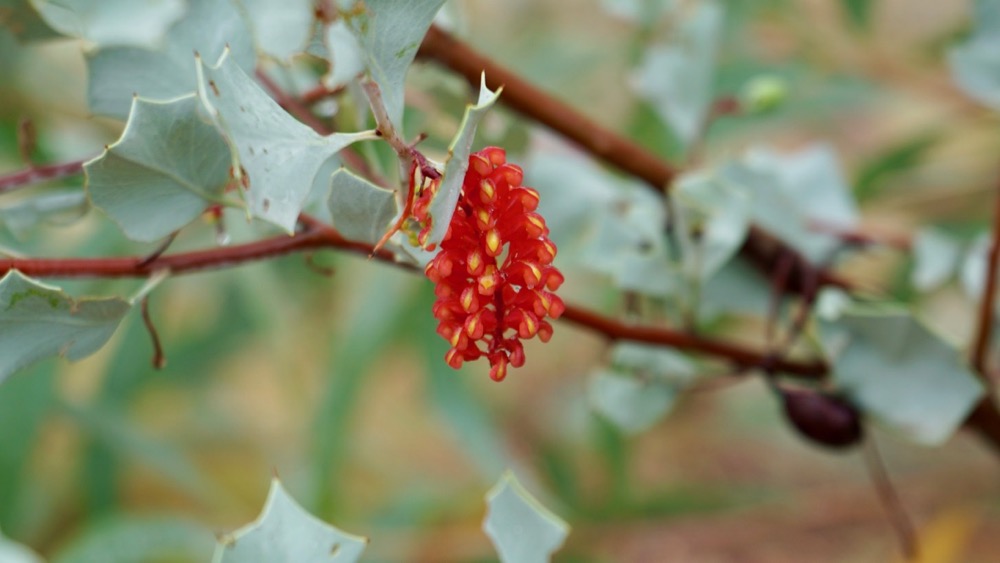
today is already much nicer, give it another day and we think it will be dry enough to stay in the park and go for a few walks.

but we are thankful to have witnessed seeing the pilbara in the rain.
